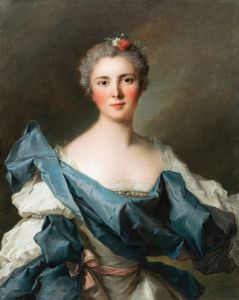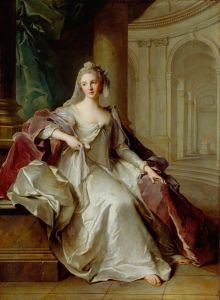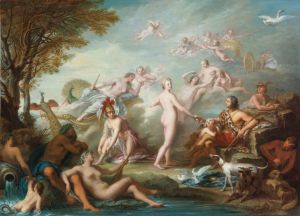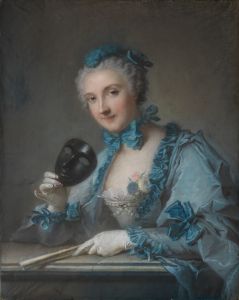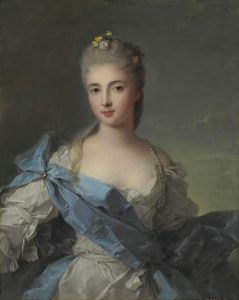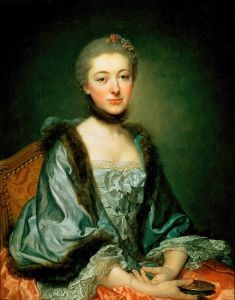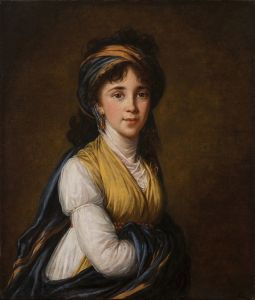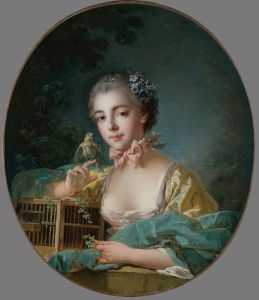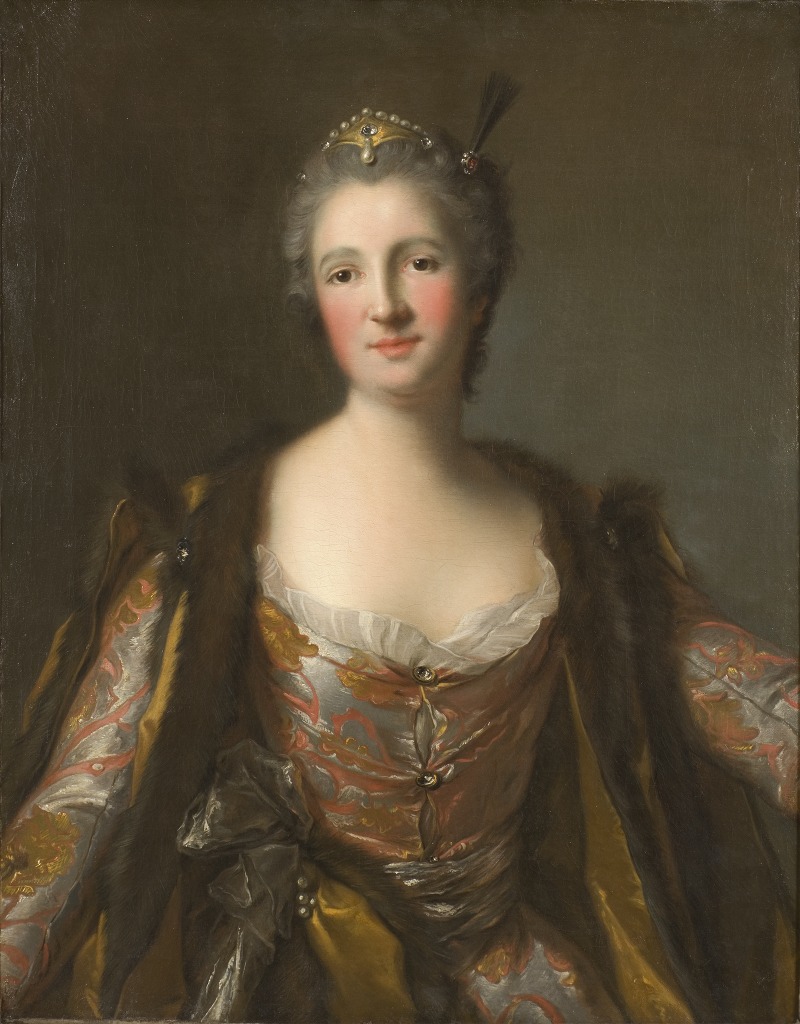
Marquise de Broglie as Sultana
A hand-painted replica of Jean-Marc Nattier’s masterpiece Marquise de Broglie as Sultana, meticulously crafted by professional artists to capture the true essence of the original. Each piece is created with museum-quality canvas and rare mineral pigments, carefully painted by experienced artists with delicate brushstrokes and rich, layered colors to perfectly recreate the texture of the original artwork. Unlike machine-printed reproductions, this hand-painted version brings the painting to life, infused with the artist’s emotions and skill in every stroke. Whether for personal collection or home decoration, it instantly elevates the artistic atmosphere of any space.
"Marquise de Broglie as Sultana" is an 18th-century portrait painted by the renowned French artist Jean-Marc Nattier. This artwork exemplifies the Rococo style, characterized by its elegance, lightness, and use of soft colors, which was prevalent in France during the early to mid-1700s. Nattier was particularly known for his portraits of the French aristocracy, often depicting them in allegorical or historical guises, which was a popular trend at the time.
The subject of the painting, the Marquise de Broglie, is portrayed in the exotic guise of a sultana, a theme that reflects the period's fascination with the Orient, known as "Orientalism." This fascination was part of a broader European interest in the cultures and aesthetics of the East, which were often romanticized and idealized in art and literature. By dressing the Marquise in this manner, Nattier not only highlighted her status and elegance but also tapped into contemporary tastes and the allure of the exotic.
Jean-Marc Nattier was born in Paris in 1685 and became one of the most sought-after portraitists of his time. He was the son of Marc Nattier, a portrait painter, and Marie Courtois, a miniaturist, which provided him with a strong artistic foundation. Nattier initially gained fame for his historical paintings, but he later focused on portraits, which brought him considerable acclaim. His ability to capture the likeness and personality of his subjects, combined with his skillful use of color and composition, made his works highly desirable among the French nobility.
In "Marquise de Broglie as Sultana," Nattier employs a delicate palette of pastels, with soft blues, pinks, and golds, which are typical of his style. The Marquise is depicted in luxurious attire, adorned with rich fabrics and intricate details that emphasize her wealth and status. Her pose is graceful and poised, exuding an air of sophistication and refinement. The background is often kept simple in Nattier's portraits, ensuring that the focus remains on the subject.
The painting not only serves as a testament to the Marquise's social standing but also reflects the broader cultural and artistic trends of 18th-century France. During this period, portraits were not merely representations of individuals but also conveyed messages about power, identity, and taste. By choosing to be depicted as a sultana, the Marquise de Broglie aligned herself with the exotic and the fashionable, showcasing her awareness of and participation in the cultural currents of her time.
Nattier's work, including this portrait, is celebrated for its elegance and technical proficiency. His ability to blend portraiture with allegorical elements allowed him to create images that were both personal and universal, capturing the spirit of the age. "Marquise de Broglie as Sultana" remains an important example of his oeuvre, illustrating his contribution to the Rococo movement and his role in shaping the visual culture of 18th-century France.
Today, Jean-Marc Nattier's portraits are held in high esteem and can be found in major art collections and museums around the world, where they continue to be appreciated for their beauty and historical significance.





